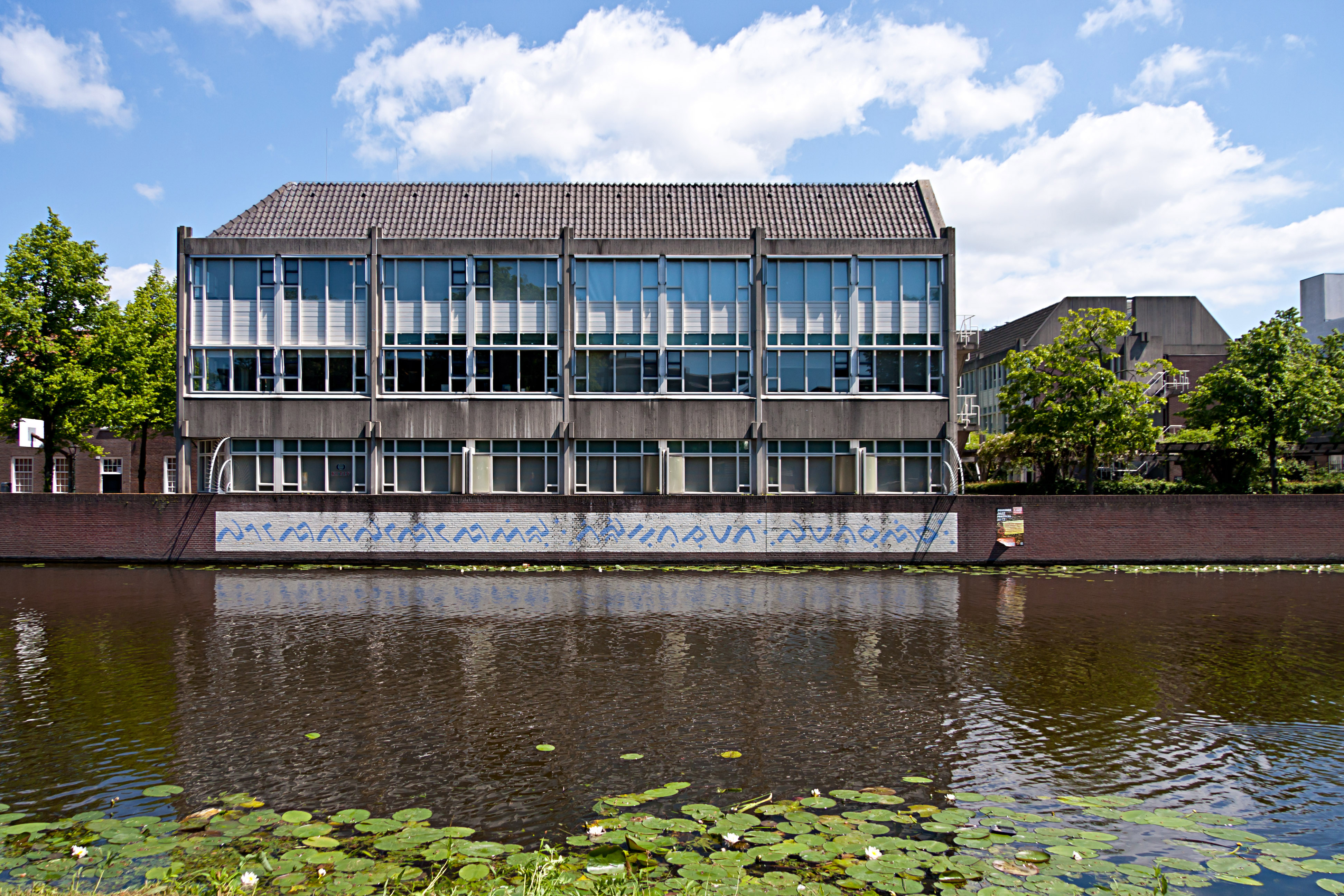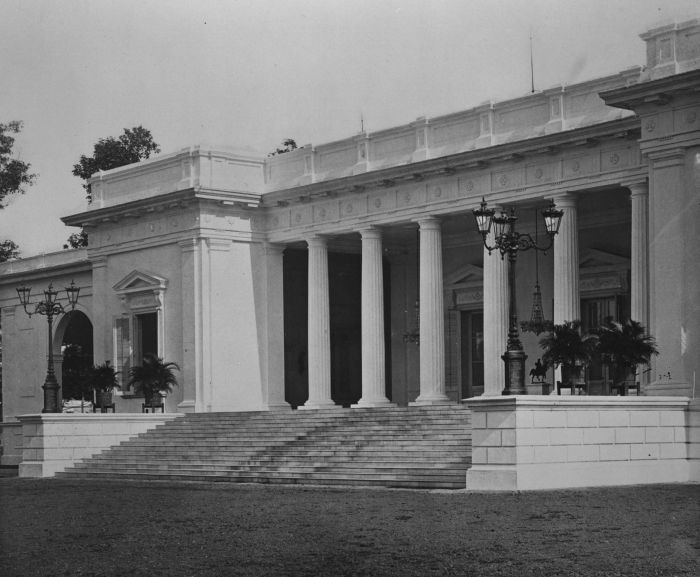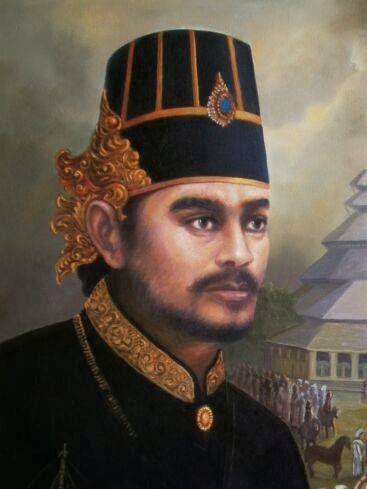|
Buitenzorg Residency
Buitenzorg Residency ( nl, Residentie Buitenzorg) was an administrative division (Residency) of the Dutch East Indies located in western Java which existed from 1817 to 1867 and from 1925 to 1942. Its seat was at Buitenzorg (today Bogor, Indonesia) which was also the seat of the colonial government of the Indies after 1905. History Prehistory The region of the future Buitenzorg Residency was a part of the Sunda Kingdom from the fifth century onwards, with its capital at Pakuan Pajajaran (located roughly around present-day Bogor). As the Banten Sultanate grew in influence, the Sunda Kingdom gradually lost territory to it, until 1579 when its capital was sacked by Banten and the kingdom ceased to exist; the city itself became depopulated as well. In 1745 the area of the future city of Buitenzorg was gifted to Governor General Gustaaf Willem van Imhoff, who gave it its name and established it as the site of the Governor General's residence for the following two centuries. The Napoleoni ... [...More Info...] [...Related Items...] OR: [Wikipedia] [Google] [Baidu] |
KITLV A658 - Woning Met Kantoor Van De Assistent-resident Te Buitenzorg, KITLV 377224
The Royal Netherlands Institute of Southeast Asian and Caribbean Studies ( nl, Koninklijk Instituut voor Taal-, Land- en Volkenkunde, lit = Royal Institute for the Linguistics, Geography and Ethnology, abbreviated: KITLV) at Leiden was founded in 1851. Its objective is the advancement of the study of the anthropology, linguistics, social sciences, and history of Southeast Asia, the Pacific Area, and the Caribbean. Special emphasis is laid on the former Dutch colonies of the Dutch East Indies (now Indonesia), Suriname, and the Dutch West Indies (the Netherlands Antilles and Aruba). Its unique collection of books, manuscripts, prints and photographs attracts visiting scholars from all over the world. On July 1, 2014, the management of the collection was taken over by Leiden University Libraries. Jakarta In 1969, a KITLV office was started by Hans Ras in Jakarta ("KITLV-Jakarta"), as a part of an agreement with the Indonesian Institute of Sciences. Here, publications from Indones ... [...More Info...] [...Related Items...] OR: [Wikipedia] [Google] [Baidu] |
Batavia, Dutch East Indies
Batavia was the capital of the Dutch East Indies. The area corresponds to present-day Jakarta, Indonesia. Batavia can refer to the city proper or its suburbs and hinterland, the Ommelanden, which included the much-larger area of the Residency of Batavia in the present-day Indonesian provinces of Jakarta, Banten and West Java. The founding of Batavia by the Dutch in 1619, on the site of the ruins of Jayakarta, led to the establishment of a Dutch colony; Batavia became the center of the Dutch East India Company's trading network in Asia. Monopolies on local produce were augmented by non-indigenous cash crops. To safeguard their commercial interests, the company and the colonial administration absorbed surrounding territory. Batavia is on the north coast of Java, in a sheltered bay, on a land of marshland and hills crisscrossed with canals. The city had two centers: Oud Batavia (the oldest part of the city) and the relatively-newer city, on higher ground to the south. It was ... [...More Info...] [...Related Items...] OR: [Wikipedia] [Google] [Baidu] |
West Java
West Java ( id, Jawa Barat, su, ᮏᮝ ᮊᮥᮜᮧᮔ᮪, romanized ''Jawa Kulon'') is a province of Indonesia on the western part of the island of Java, with its provincial capital in Bandung. West Java is bordered by the province of Banten and the country's capital region of Jakarta to the west, the Java Sea to the north, the province of Central Java to the east and the Indian Ocean to the south. With Banten, this province is the native homeland of the Sundanese people, the second-largest ethnic group in Indonesia. West Java was one of the first eight provinces of Indonesia formed following the country's independence proclamation and was later legally re-established on 14 July 1950. In 1966, the city of Jakarta was split off from West Java as a 'special capital region' (), with a status equivalent to that of a province, while in 2000 the western parts of the province were in turn split away to form a separate Banten province. Even following these split-offs, West Java is ... [...More Info...] [...Related Items...] OR: [Wikipedia] [Google] [Baidu] |
Japanese Occupation Of The Dutch East Indies
The Empire of Japan occupied the Dutch East Indies (now Indonesia) during World War II from March 1942 until after the end of the war in September 1945. It was one of the most crucial and important periods in modern Indonesian history. In May 1940, Germany occupied the Netherlands, and martial law was declared in the Dutch East Indies. Following the failure of negotiations between the Dutch authorities and the Japanese, Japanese assets in the archipelago were frozen. The Dutch declared war on Japan following the 7 December 1941 Attack on Pearl Harbor. The Japanese invasion of the Dutch East Indies began on 10 January 1942, and the Imperial Japanese Army overran the entire colony in less than three months. The Dutch surrendered on 8 March. Initially, most Indonesians welcomed the Japanese as liberators from their Dutch colonial masters. The sentiment changed, however, as between 4 and 10 million Indonesians were recruited as forced labourers ('' romusha'') on economic deve ... [...More Info...] [...Related Items...] OR: [Wikipedia] [Google] [Baidu] |
Chinese Indonesians
Chinese Indonesians ( id, Orang Tionghoa Indonesia) and colloquially Chindo or just Tionghoa are Indonesians whose ancestors arrived from China at some stage in the last eight centuries. Chinese people and their Indonesian descendants have lived in the Indonesian archipelago since at least the 13th century. Many came initially as sojourners (temporary residents), intending to return home in their old age. Some, however, stayed in the region as economic migrants. Their population grew rapidly during the colonial period when workers were contracted from their home provinces in Southern China. Discrimination against Chinese Indonesians has occurred since the start of Dutch colonialism in the region, although government policies implemented since 1998 have attempted to redress this. Resentment of ethnic Chinese economic aptitude grew in the 1950s as Native Indonesian merchants felt they could not remain competitive. In some cases, government action propagated the stereotype that e ... [...More Info...] [...Related Items...] OR: [Wikipedia] [Google] [Baidu] |
Native Indonesians
Native Indonesians, also known as ''Pribumi'' (), are Indonesians whose ancestral roots lie mainly in the archipelago, distinguished from Indonesians of known (partial) foreign descent, like Chinese Indonesians (Tionghoa), Arab Indonesians, Indian Indonesians and Indo-Europeans (Eurasians). Etymology and historical context The term was popularized after Indonesian independence as a respectful replacement for the Dutch colonial term (normally translated as "native" and seen as derogatory). It derives from Sanskrit terms ''pri'' (before) and ''bhumi'' (earth). Before independence the term (Malay: son of the soil) was more commonly used as an equivalent term to ''pribumi''. Following independence, the term was normally used to distinguish indigenous Indonesians from citizens of foreign descent (especially Chinese Indonesians). Common usage distinguished between ''pribumi'' and ''non-pribumi''. Although the term is sometimes translated as "indigenous", it has a broader meaning ... [...More Info...] [...Related Items...] OR: [Wikipedia] [Google] [Baidu] |
Batavia Residency
Batavia may refer to: Historical places * Batavia (region), a land inhabited by the Batavian people during the Roman Empire, today part of the Netherlands * Batavia, Dutch East Indies, present-day Jakarta, the former capital of the Dutch East Indies (1619–1949) ** Old Batavia, the original downtown area of Jakarta ** Jakarta, the modern-day city, capital of Indonesia * Batavian Republic, the Netherlands from 1795 to 1806 as a French vassal state, ''Batavia'' being the Latin name of the Low countries * Passau, Germany, called ''Batavis'' or ''Batavia'' by the Romans Modern places United States * Batavia, California, an unincorporated community in Solano County, California * Batavia, Illinois, a city in Kane County, Illinois, named for the city in New York * Batavia, Iowa, a city in Jefferson County, Iowa * Batavia, Michigan, a community in Branch County, Michigan * Batavia, New York, a city which is the county seat of Genesee County, New York, named for the region in the Netherl ... [...More Info...] [...Related Items...] OR: [Wikipedia] [Google] [Baidu] |
Governor-General Of The Dutch East Indies
The governor-general of the Dutch East Indies ( nl, gouverneur-generaal van Nederlands Indië) represented Dutch rule in the Dutch East Indies between 1610 and Dutch recognition of the independence of Indonesia in 1949. Occupied by Japanese forces between 1942 and 1945, followed by the Indonesian National Revolution until 1949. Indonesia proclaimed its independence on 17 August 1945. History The first governors-general were appointed by the Dutch East India Company (VOC). After the VOC was formally dissolved in 1800, the territorial possessions of the VOC were nationalised under the Dutch government as the Dutch East Indies, a colony of the Netherlands. Governors-general were now appointed by either the Dutch monarch or the Dutch government. During the Dutch East Indies era most governors-general were expatriate Dutchmen, while during the earlier VOC era most governors-general became settlers who stayed and died in the East Indies. Under the period of British control (1811 ... [...More Info...] [...Related Items...] OR: [Wikipedia] [Google] [Baidu] |
Carel Sirardus Willem Van Hogendorp
Carel Sirardus Willem, Count van Hogendorp (15 August 1788 – 29 October 1856) was acting Governor-General of the Dutch East Indies in 1840–1841. Bibliography * 1837: ''Tafereelen van Javaansche zeden'' (Scenes of Javanese mores) Carel Sirardus Willem van Hogendorp, Tafereelen van Javaansche zeden: vier oorspronkelijke verhalen', 1837. Retrieved on 20 January 2015. References External links * 1788 births 1856 deaths Dutch military commanders of the Napoleonic Wars Governors-General of the Dutch East Indies People from Murshidabad district Royal Netherlands Army officers {{Netherlands-politician-stub ... [...More Info...] [...Related Items...] OR: [Wikipedia] [Google] [Baidu] |
Preanger
Parahyangan ( su, ᮕᮛᮠᮡᮀᮠᮔ᮪; Bantenese: Priangan; Dutch: Preanger) is a cultural and mountainous region in West Java province on the Indonesian island of Java. Covering a little less than one sixth of Java, it is the heartland of Sundanese people and their culture. It is bordered to the West by Banten province, to the North by the northern coast region of Subang, Cirebon and Indramayu (former residencies of Batavia and Cheribon), to the east by Central Java province (former residencies of Banyumas and Pekalongan), and to the south by the Indian Ocean. Etymology The name "Parahyangan" has its origins from Sundanese words that mean "the abode of hyangs (gods)". Parahyangan is a mountainous region, and ancient Indonesians believed that the gods resided in the mountain tops. A Sundanese legend of Sangkuriang contains the memory of the prehistoric ancient lake in Bandung basin highland, which suggests that the Sundanese had already inhabited the region since t ... [...More Info...] [...Related Items...] OR: [Wikipedia] [Google] [Baidu] |
Banten
Banten ( id, Banten; Sundanese: , romanized ''Banten'') is the westernmost province on the island of Java, Indonesia. Its capital city is Serang. The province borders West Java and the Special Capital Region of Jakarta on the east, the Java Sea on the north, the Indian Ocean on the south, and the Sunda Strait (which separates Java from the neighbouring island of Sumatra) on the west. The province covers an area of . It had a population of over 11.9 million in the 2020 census, up from about 10.6 million in 2010.Badan Pusat Statistik, Jakarta, 2021. The estimated mid-2021 population was 12.06 million.Badan Pusat Statistik, Jakarta, 2022. Formerly part of the province of West Java, Banten was declared a separate province in 2000. The region is the homeland of the Bantenese people, whose culture differs slightly from that of West Java's Sundanese people. The northern half (particularly the areas near Jakarta and the Java Sea coast) has recently experienced rapid rises in populatio ... [...More Info...] [...Related Items...] OR: [Wikipedia] [Google] [Baidu] |



_en_Tek_Hwa_Seng_bij_Poeloe_Samboe_TMnr_10010680.jpg)



